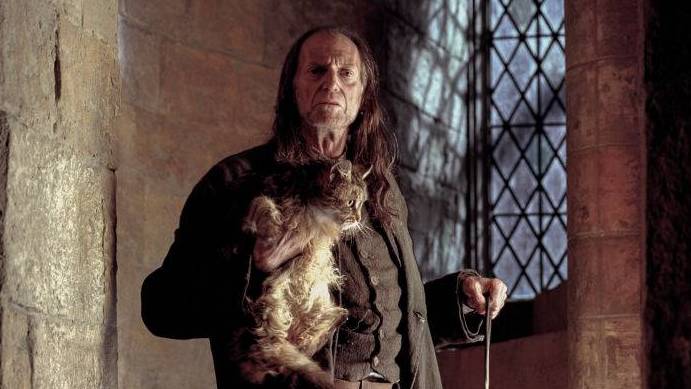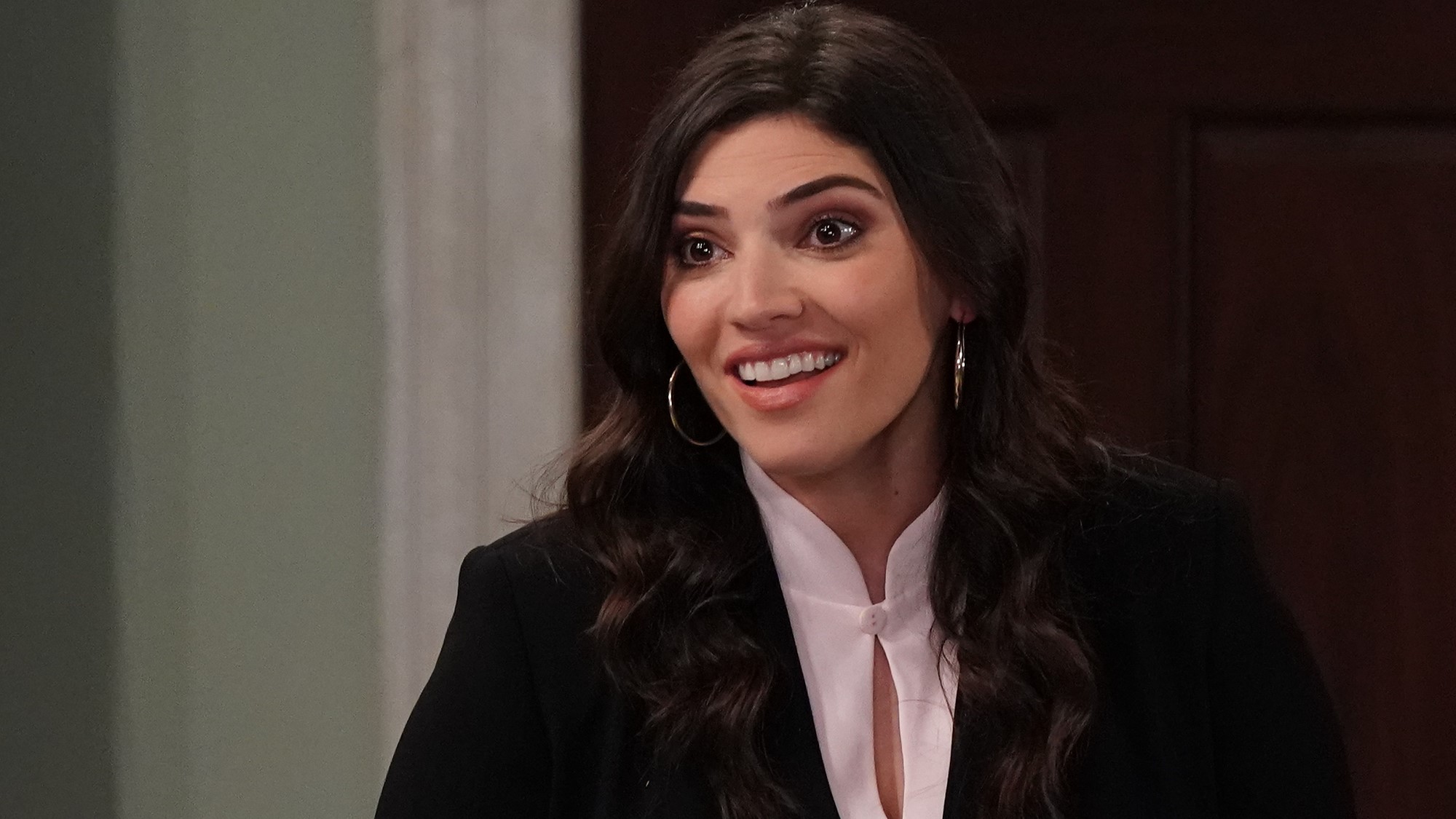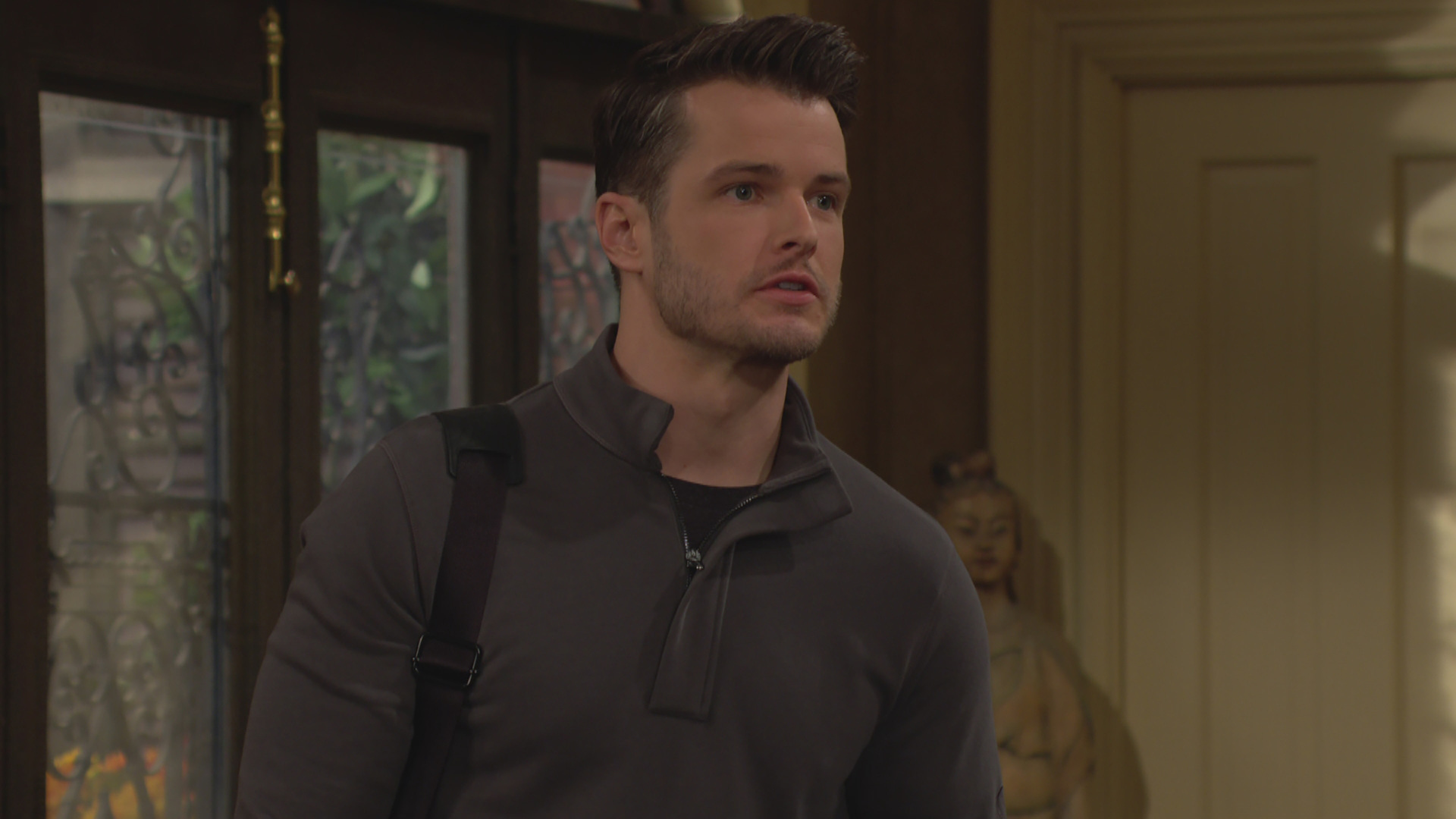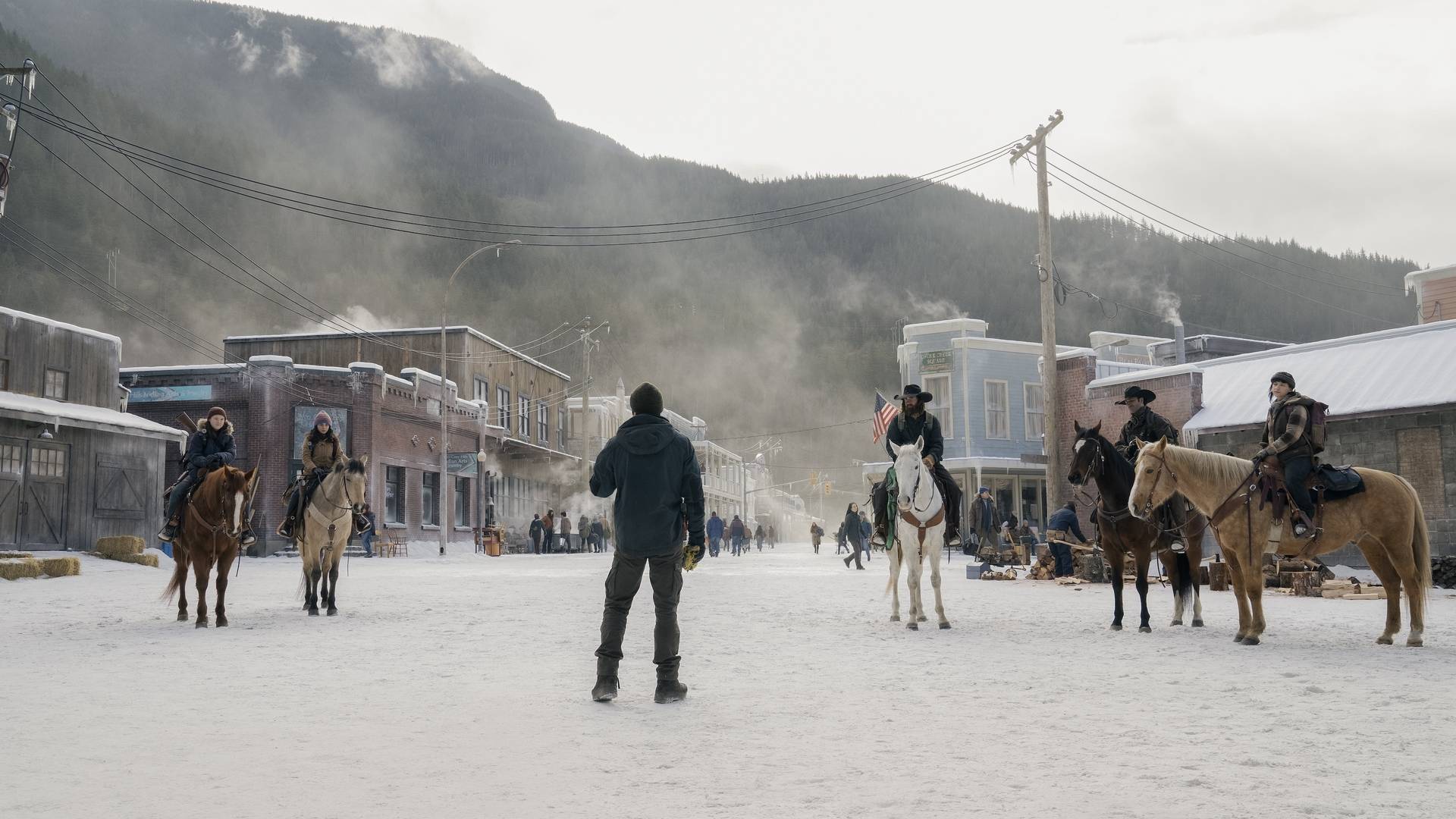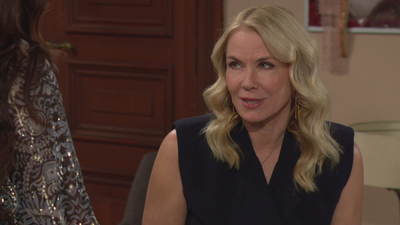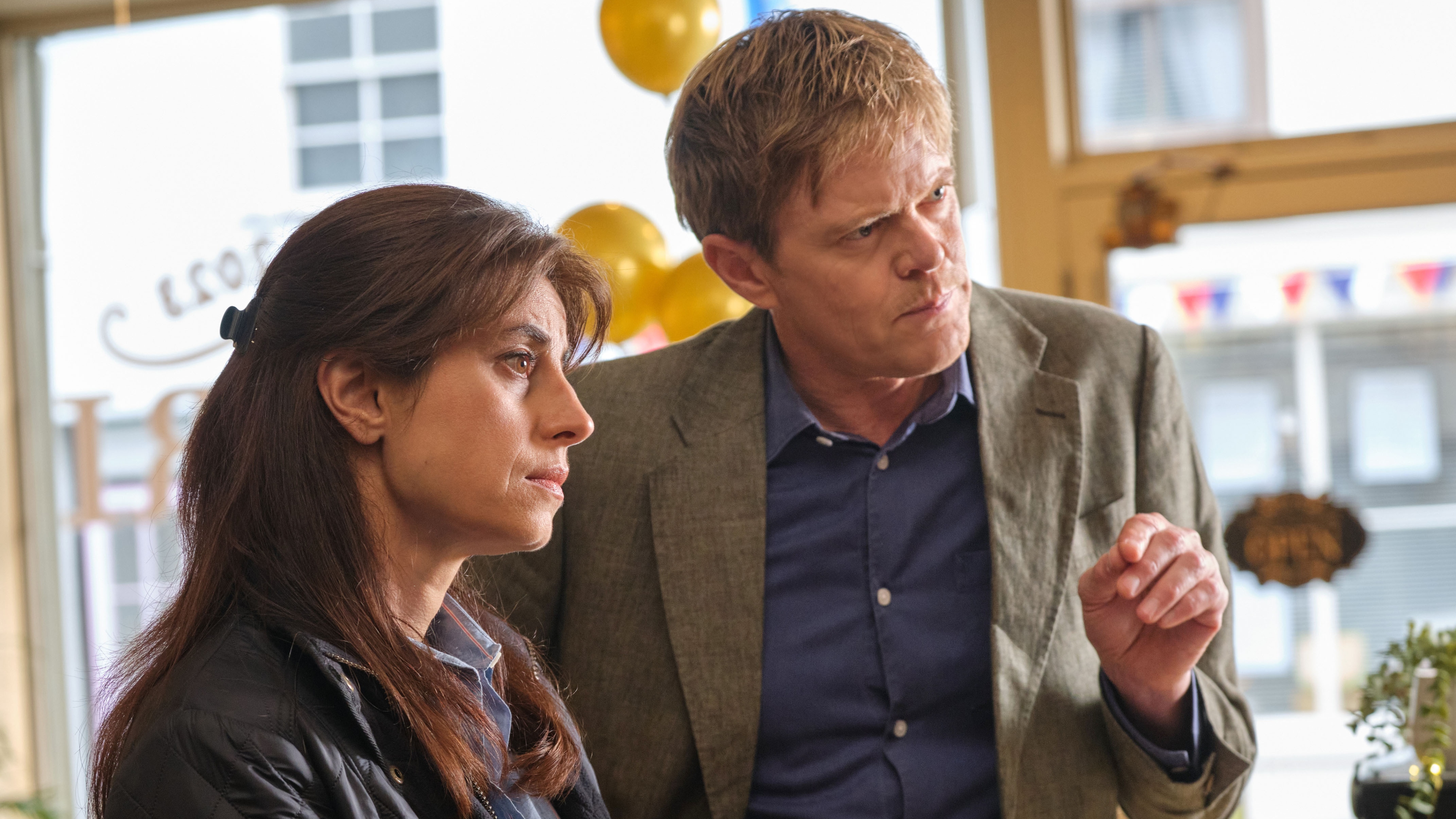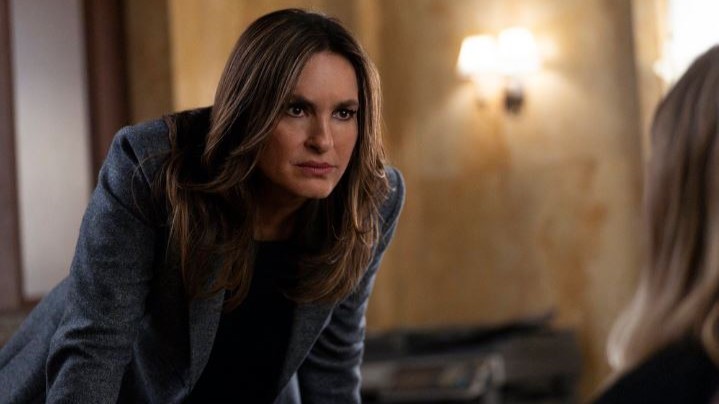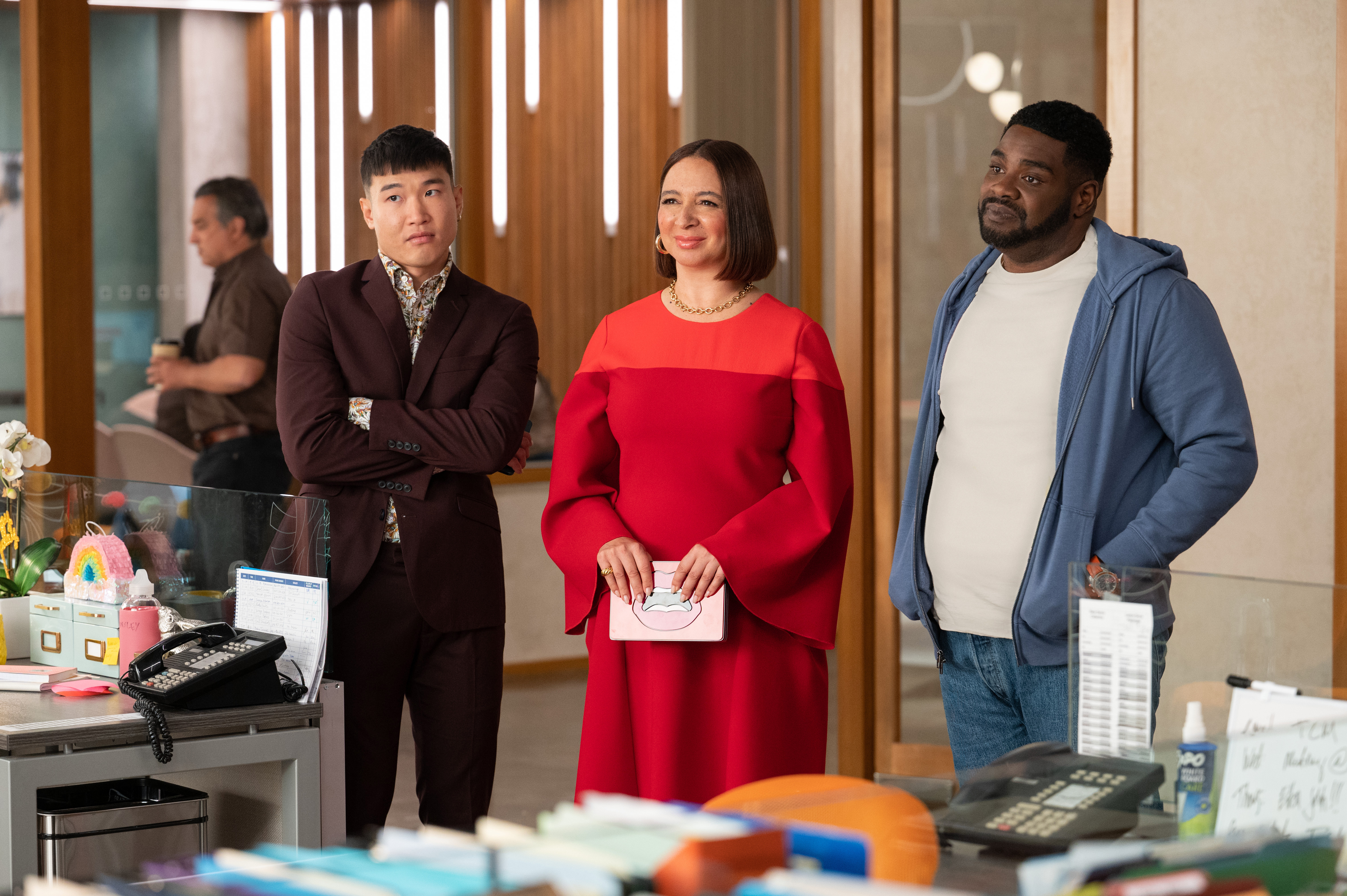'Mank,' Marion Davies, and the real events that inspired the movie
David Fincher's Mank tells the story of the making of Citizen Kane, and introduces a new generation to Marion Davies.
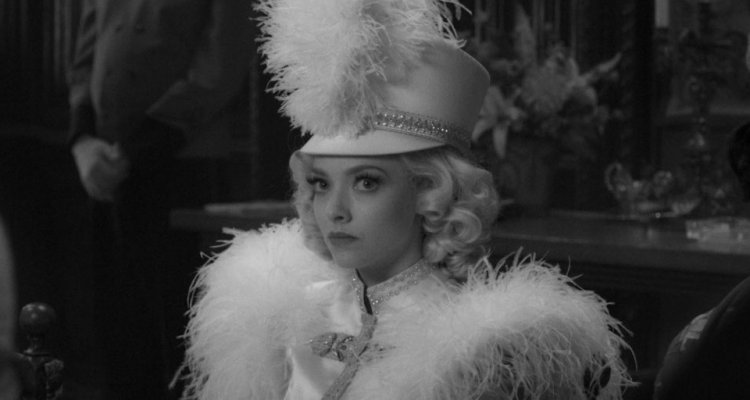
Mank, David Fincher's historical drama that premieres on Netflix this month, recounts a strange period in Hollywood history that is simultaneously the stuff of industry-wide legend and an oft-ignored part of film lore. Orson Welles's Citizen Kane is now widely agreed upon to be one of the greatest movies ever made. It's ranked at number two on the British Film Institute's list of the 100 best movies of all time and it stands as a key influence on generations of filmmakers who followed in Welles’s steps. Film critic Nigel Andrews said that the film is "still the best at doing what great cinema ought to do: extending the everyday into the visionary." Everyone has referenced, been influenced by, or paid homage to Citizen Kane, from Lawrence of Arabia to the French New Wave to The Simpsons.
It is a film embedded in Hollywood, not only because of its gargantuan status as a cinematic icon but because of the context within which it was made. The film was infamously a commercial failure at the time and faded from view for many years until French critics hailed it as an ignored masterpiece. The circumstances surrounding its torrid production and the societal furor it ignited inspired Fincher with Mank, and there's one woman whose story is key to the entire tale: Marion Davies.
Who Was Marion Davies?
In Mank, Marion Davies is played by Amanda Seyfried, and her involvement in the sinking of Citizen Kane has been debated for centuries. As the long-time mistress of newspaper mogul William Randolph Hearst, it was widely assumed by many, including Hearst himself, that the characters of Charles Foster Kane and his talentless amateur singer second wife Susan Alexander were based on the pair. Welles denied it but the assumption stuck and is cited as fact to this day. The result of this is that Davies's career as a successful actress in her own right has been overpowered by the narrative that positions her as a hack whose rich boyfriend pushed her into the spotlight through media machination. Her real life was much more interesting.
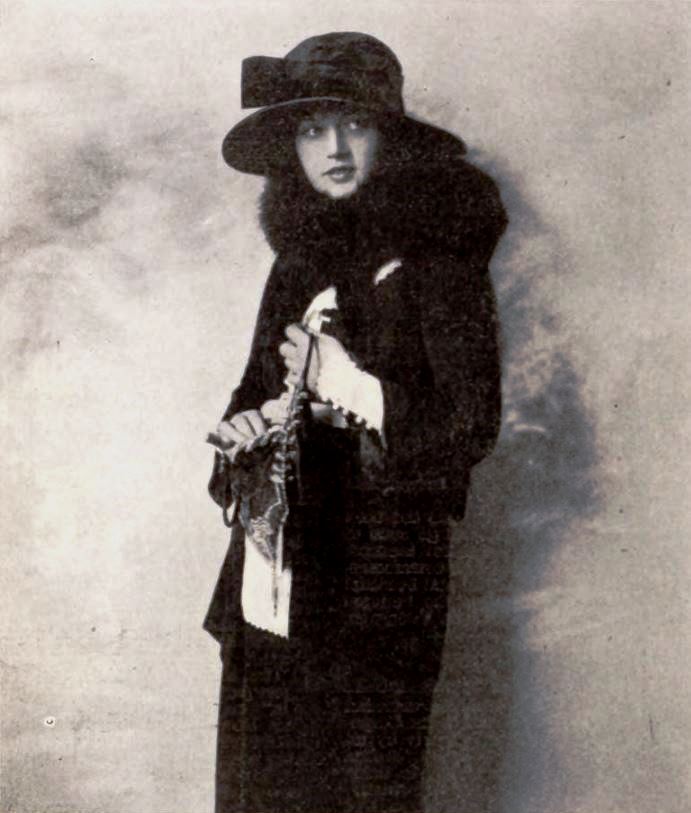
Marion Cecilia Elizabeth Brooklyn Douras was born on January 3, 1897, in Brooklyn. After being educated at a religious convent for several years, Marion left school with dreams of becoming a showgirl. She and her sister Reine adopted the stage name of Davies after seeing a billboard advertisement for Valentine Davies. She found work here and there on stage across America and modeled on the side to pay the bills. By 1916, she was a featured player in the iconic Ziegfeld Follies, but her stammer hindered her ability to pronounce lines and she was relegated to the dancing chorus. It was during a performance where, as a teenager, she was spotted by one William Randolph Hearst.
Marion Davies Meets William Randolph Hearst
Hearst was a big fan of the Follies and always sat in the front row to watch performances. Davies recalled being warned by fellow girls that "he's a wolf in sheep's clothing" after he began to romantically pursue her. He bought her lavish gifts, but that wasn't unusual. Hearst did that for a lot of Zeigfeld girls. Still, the ensemble seemed to know that he really had a special place in his heart for Marion.
In her memoir, Davies detailed a time where Hearst, without her knowledge, had arranged for her to be photographed in an array of lavish costumes, all while he watched on from the darkness. This scared Marion at first, and he eventually left without introducing himself when she fled the studio. Several months later, Hearst formed his own film company, Cosmopolitan Pictures. Marion Davies signed a $500-per-week exclusive contract with the studio. Soon thereafter, the pair began a romantic affair. He was 58. Marion was still a teenager.
Like all actors in the earliest days of film, Davies made dozens of films over a surprisingly short period of time, on average starring in three features a year for the first decade of her career. She played Mary Tudor in When Knighthood Was in Flower and starred in a variety of hit films with glorious titles such as The Cardboard Lover, Beverly of Graustark, and Zander the Great. Davies was a success. She had box office pull and worked with many big stars and directors of the era. The true extent of her success, however, has been muddied thanks to the meddling of Hearst.
Get the What to Watch Newsletter
The latest updates, reviews and unmissable series to watch and more!
Hearst was determined to make the young Davies a major Hollywood star and he was all too willing to utilize the sizeable power of his media empire to do so. In the 1920s, at the peak of his strength, Hearst owned the biggest media conglomerate in the world. His empire included the Boston Record, the Los Angeles Herald, the Detroit Times, and at least 25 other papers. His own ads bragged about the 20 million readers that the Hearst brand could lay claim to. In a pre-television era where the force of film was yet to be fully proven, Hearst's influence was vast and unmatched.
Via his papers and the newsreels that played before movies in the theaters, Hearst aggressively promoted Davies as an undisputed, near-legendary talent. A reporter at the Los Angeles Examiner was even given the full-time job of documenting Davies's daily life and goings-on. In total, Hearst expended an estimated $7 million promoting Davies. The overkill unfortunately had a negative impact on her career. Davies herself admitted to being sick of seeing her own face slapped on every billboard and newspaper in New York City. She lamented, "People got so tired of the name Marion Davies that they would actually insult me." Hearst also involved himself heavily in her choice of roles. Davies was known for her comic talents and imitations of fellow stars, which she often entertained notable guests with at the Hearst Castle's famous parties. Hearst, however, wanted her to stick to virginal roles and doll-like young women in staid costume dramas. The image of Hearst as a Svengali-esque controller of his coquettish young mistress’s career stuck around for a long time.
Marion's Citizen Kane Connection
Welles never confirmed that Hearst was the principle source for the character of Charles Foster Kane, a larger-than-life media mogul who has no qualms about using his immense influence to manipulate the news, politics, and mood of the nation. Other figures such as Joseph Pulitzer and Viscount Norcliffe were named as influences, but it's hard to avoid the most blatant parallels between Kane and Hearst. Davies's presence only made biographers giddier to jump to such conclusions. Hearst certainly felt that Citizen Kane was a direct attack on his character as well at Marion's. He took particular offense to Kane's wife Susan, a terrible opera singer who Kane forces into the spotlight despite her embarrassing lack of talent.
Welles, who had been granted an immense amount of creative control over his movie by RKO, feared Hearst's media meddling. He limited access to dailies and managed the film's publicity, hoping to prevent Hearst publications from jumping to conclusions. When Welles screened a rough cut of the film for select journalists, who gave it good advanced reviews, but Hedda Hopper, the notorious gossip columnist, slammed the film as a "vicious and irresponsible attack on a great man", refering to Hearst. Her rival, and the Hollywood correspondent for Hearst papers, Louella Parson soon followed suit. Welles denied that Citizen Kane was about Hearst, but his media empire was on the rampage. Hearst threatened libel lawsuits.
The Hollywood Reporter ran a front-page story claiming that Hearst papers were going to run attack editorials on Hollywood's practice of hiring refugees and immigrants for "American jobs." Hearst banned all advertising and even vague mentions of the film from his papers but encouraged baseless attacks on Welles. RKO faced immense pressure to shelve the film, and they reportedly faced problems with getting exhibitors to show it. Even with strong reviews from others, Hearst's meddling had done its job.
Davies reportedly never saw Citizen Kane. Welles, for his part, was insistent that the character of Susan had nothing to do with her. He said that Davies, who was enormously popular with her colleagues, even those who disliked Hearst, was "an extraordinary woman—nothing like the character Dorothy Comingore played in the movie.
What Marion Did Next
Despite her stammer, Davies made the successful leap to talkies and shot movies with the likes of Clark Gable, Gary Cooper, and Bing Crosby. She made her final film in 1937, Ever Since Eve, although she never reached the heights of fame that fellow stars like Norma Shearer or Janet Gaynor did. Not even Hearst could make that happen, especially since the Great Depression caused his business to collapse. He was ousted from his top position in 1937 after a court-mandated reorganization of the Hearst Corporation.
Hearst's personal finances were in such dire straits that Davies sold her jewelry, stocks and bonds and wrote a check for $1 million to Hearst to save him from filing for bankruptcy. Davies left the film industry in the late 1930s and devoted herself to being Hearst's full-time companion. He never divorced his wife so Davies remained his mistress until his death in 1951 at the age of 88. Until the end of his life, Davies and Hearst still entertained guests at his lavish castle, which is now a historic national landmark, but eventually they became more and more isolated from the celebrity world. Eleven weeks and one day after Hearst's death, Davies married sea captain Horace Brown, but the marriage was violent and unhappy. She spent the rest of her life donating the money she had inherited from Hearst to various charitable causes, including children's charities. She died on September 22, 1961, at the age of 64.
The life of Marion Davies was one of pure Hollywood myth making. For many years, a woman named Patricia Lake claimed to have been the secret love child of Davies and Hearst, something that has never been confirmed by reliable sources. Davies was even on the scene of one of Hollywood's most infamous unsolved crimes, the mysterious death of Thomas Ince aboard Hearst's yacht in 1924. To most people, however, she will forever be Susan Alexander Kane, a comparison that does her no favors and only obscures her far more fascinating legacy.
Kayleigh is a pop culture writer and critic based in Dundee, Scotland. Her work can be found on Pajiba, IGN, Uproxx, RogerEbert.com, SlashFilm, and WhatToWatch, among other places. She's also the creator of the newsletter The Gossip Reading Club.

